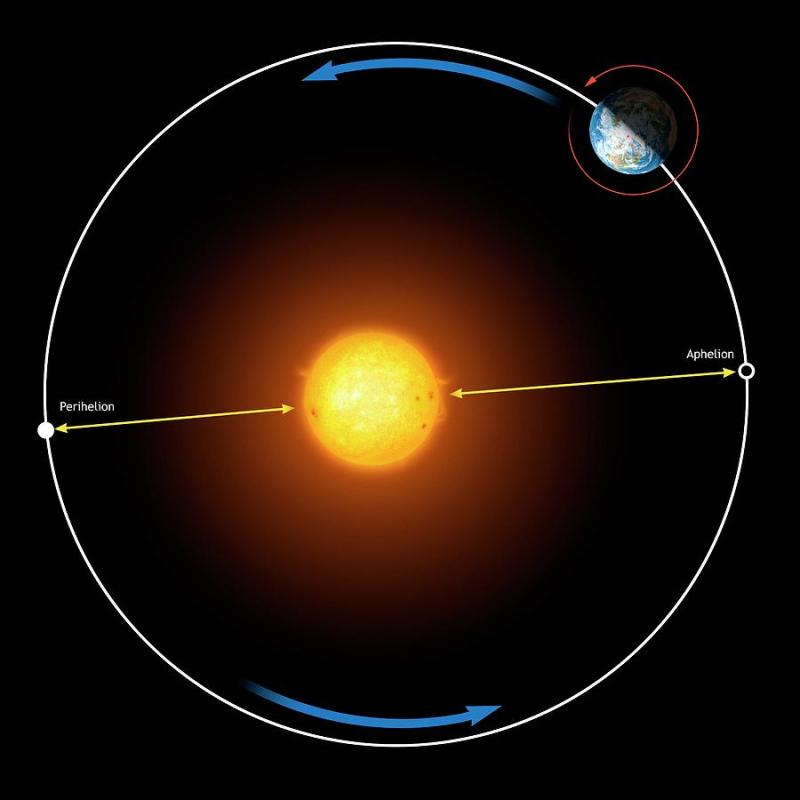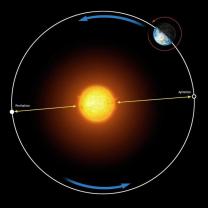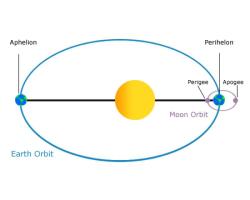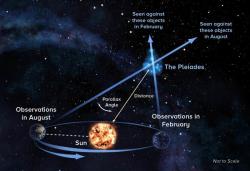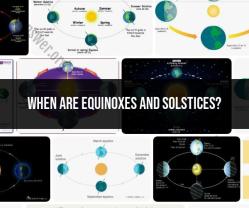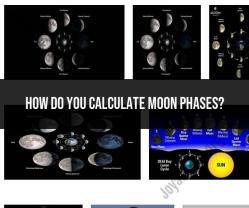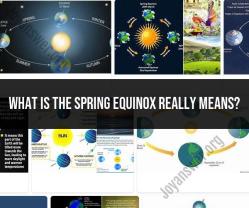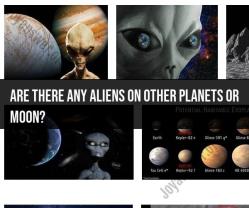What keeps the Earth rotating around the Sun?
The Earth's rotation around the Sun is governed by the principles of orbital mechanics and gravitational forces. Here are the key factors that keep Earth in orbit around the Sun:
1. Gravitational Attraction:
- The primary force responsible for keeping Earth in orbit around the Sun is gravity. Gravity is the mutual attraction between two masses, and it is determined by the masses of the objects and the distance between them. The Sun's immense gravitational pull keeps Earth in orbit around it.
2. Centripetal Force:
- As Earth orbits the Sun, it experiences a centripetal force directed toward the center of its orbit. This force is provided by the gravitational pull of the Sun. The combination of Earth's forward motion and the gravitational force acting as a centripetal force results in a stable, elliptical orbit around the Sun.
3. Initial Angular Momentum:
- When the solar system formed, the primordial gas and dust cloud collapsed under the influence of gravity. This collapse led to the formation of the Sun at the center and a rotating disk of material around it. The conservation of angular momentum from this initial rotation contributes to the ongoing rotation and orbit of the planets, including Earth.
4. Inertia:
- Inertia is the tendency of an object to maintain its state of motion. Earth, once set in motion, tends to continue moving in a straight line. However, the gravitational pull of the Sun continually redirects Earth's path, preventing it from moving in a straight line and keeping it in orbit.
5. Balancing Forces:
- The gravitational force pulling Earth toward the Sun is balanced by Earth's orbital velocity. If Earth were to slow down, it would be drawn closer to the Sun due to gravity. Conversely, if it were to speed up, it would move into a more distant orbit. The combination of the gravitational force and Earth's velocity creates a dynamic equilibrium that maintains the stability of its orbit.
6. Conservation of Energy:
- The orbital motion of Earth is a balance between kinetic energy (associated with its motion) and gravitational potential energy (associated with its position relative to the Sun). This conservation of energy ensures that Earth remains in a stable orbit.
In summary, the combination of the gravitational attraction between Earth and the Sun, Earth's initial angular momentum from the formation of the solar system, inertia, and the balancing of forces and conservation of energy all work together to keep Earth in its orbit around the Sun. This dynamic equilibrium is what allows our planet to continually revolve around the Sun in a predictable and stable manner.
What fundamental force maintains the Earth's orbit around the Sun?
The fundamental force that maintains the Earth's orbit around the Sun is gravity. Specifically, it's the gravitational attraction between the Earth's mass and the Sun's mass.
Imagine the Earth and the Sun connected by an invisible string. The Earth's gravity constantly pulls towards the Sun, and the Sun's gravity pulls towards the Earth. These forces balance out, creating a centripetal force that keeps the Earth in its orbit.
This concept is explained by Newton's law of universal gravitation:
F = G * (m1 * m2) / r^2
where:
- F is the force of gravity
- G is the gravitational constant
- m1 is the mass of the first object (Earth)
- m2 is the mass of the second object (Sun)
- r is the distance between the two objects
The much larger mass of the Sun exerts a greater gravitational force on the Earth, keeping it in its orbit despite its own momentum.
